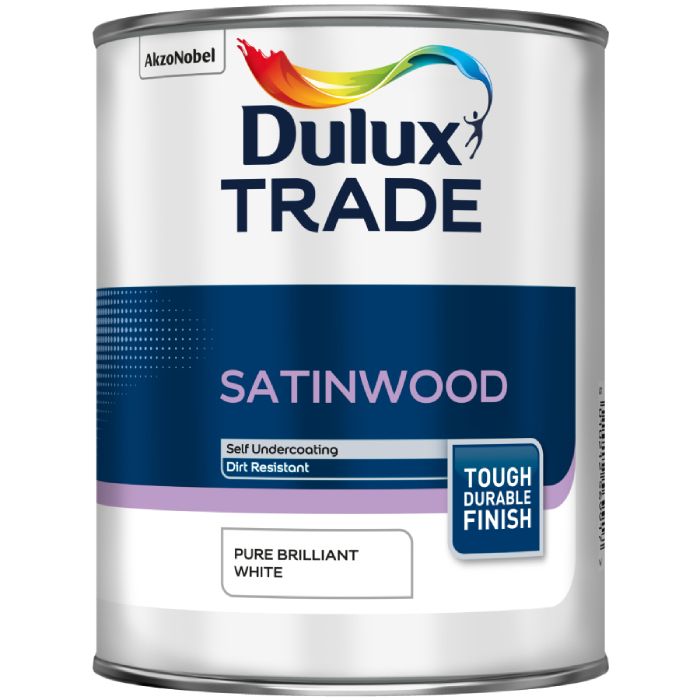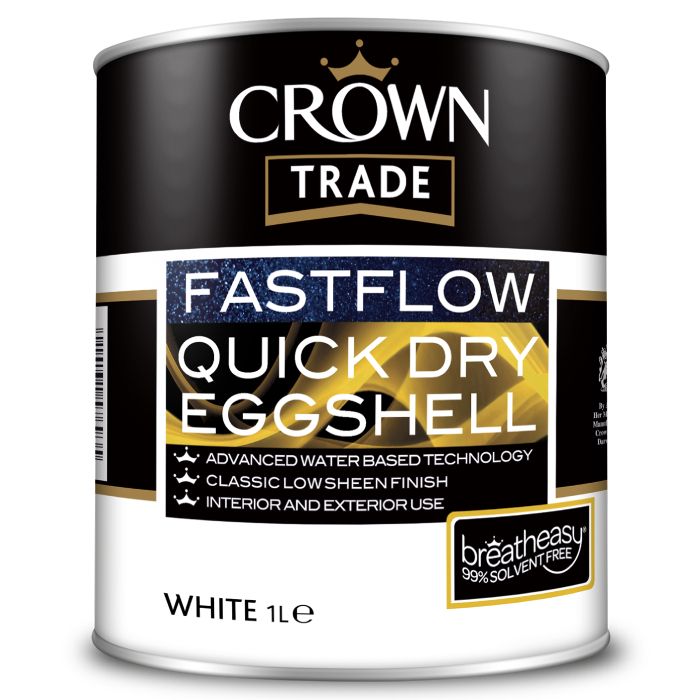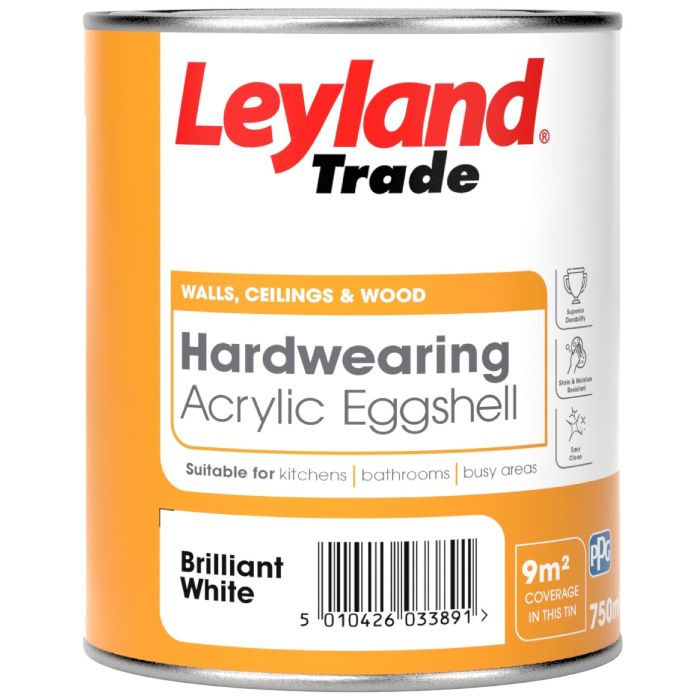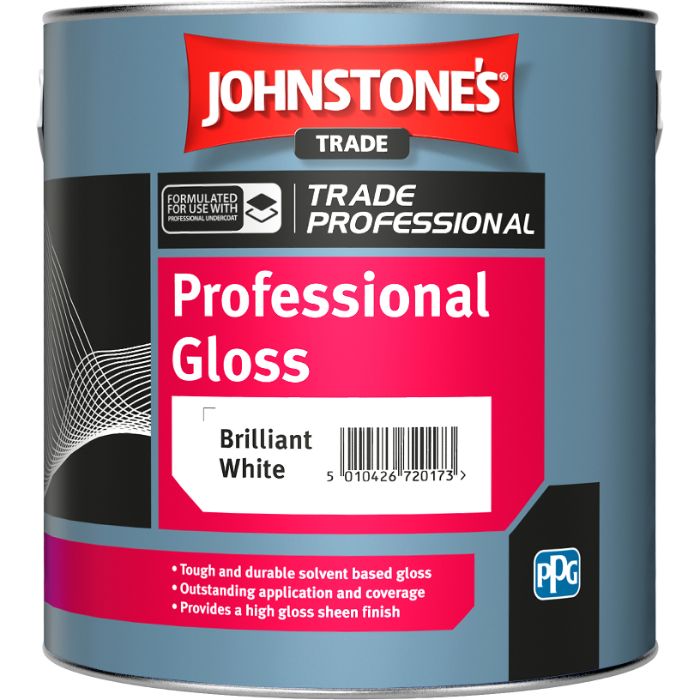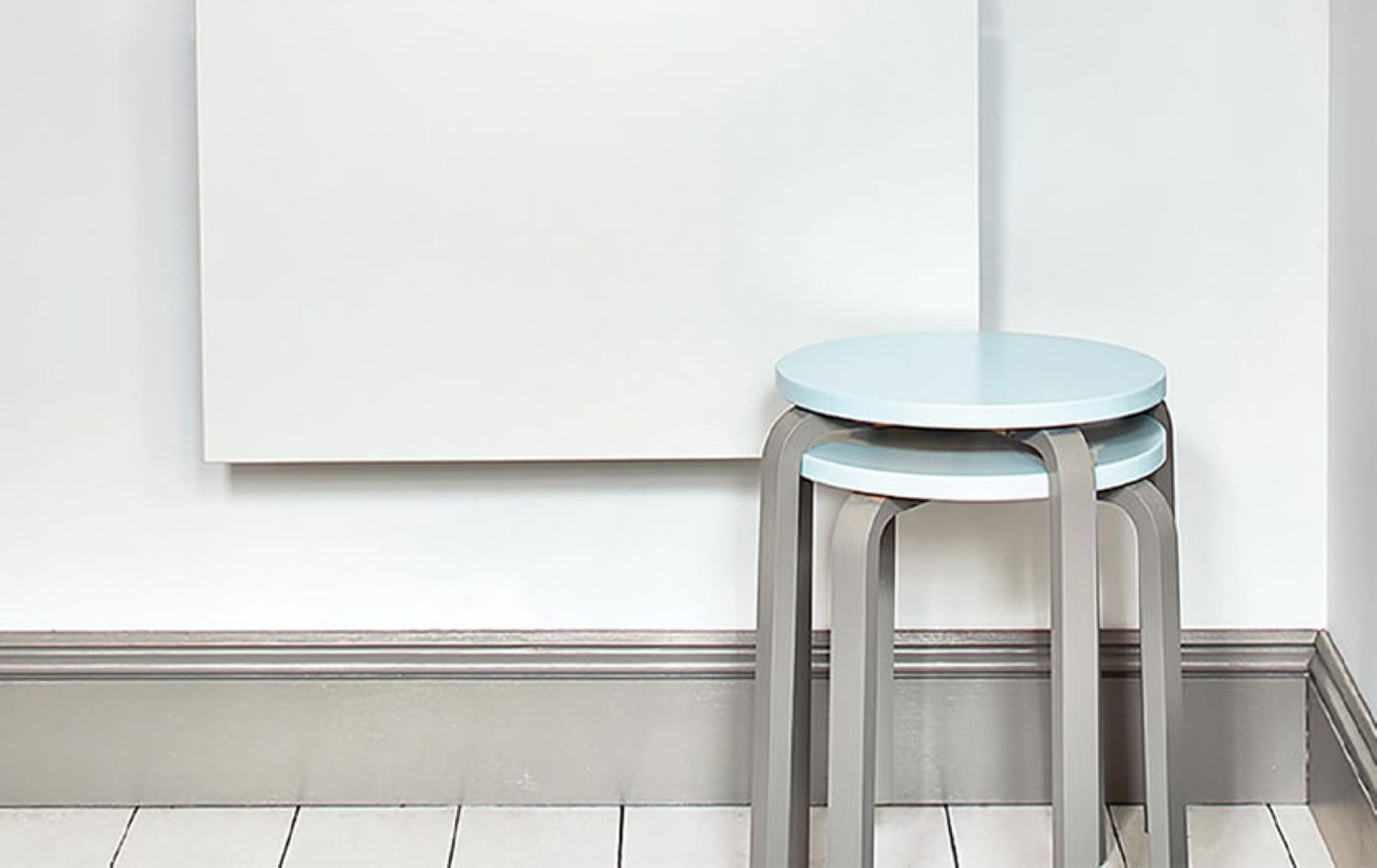
Introduction
Painting skirting boards may seem like a small detail, but it's one that can significantly refresh and transform a room. Whether you're renovating your home or simply looking to update a space, the skirting boards often serve as the finishing touch that ties everything together. In this tutorial, we'll explore the best way to paint skirting boards, from choosing the right paint to mastering the technique for a flawless finish.
Why Skirting Boards Matter
Skirting boards are more than just decorative trim; they also serve several functional roles. They protect the bottom of your walls from scuffs and knocks, hide uneven floor edges, and can even be used to conceal unsightly cables. Aesthetically, they provide a visual transition between the walls and the floor, adding a polished look to any room. The type of skirting board paint you choose can also impact the room's overall aesthetic. Whether you opt for a high-gloss finish for a modern look or a matte finish for a more traditional feel, selecting the best paint for skirting boards is crucial for achieving the desired effect.
Types of Paint for Skirting Boards
When it comes to painting skirting boards, the type of paint you choose can make all the difference. Not only does it affect the finish, but it also impacts the durability and longevity of the paint job. So, what paint should you use for skirting boards?
Gloss, Satin, or Eggshell?
The most common types of paint finishes for skirting boards are gloss, satin, and eggshell. Each has its own set of advantages and drawbacks:
- Gloss: Offers a high-shine finish and is easy to clean, making it ideal for high-traffic areas. However, gloss paint tends to highlight imperfections.
- Satin: Provides a semi-gloss finish that's easier to clean than matte but less shiny than gloss. Satinwood paint, in particular, is good for skirting boards as it offers a balance between sheen and durability.
- Eggshell: Offers a low-sheen finish that's between matte and satin. It's less reflective and gives a more subtle appearance.
So, should skirting boards be gloss or satin? It largely depends on your aesthetic preferences and the room's usage. Gloss is often chosen for its reflective qualities, while satin offers a more understated elegance. If you're torn between satin and eggshell, consider the room's lighting and how much wear and tear the skirting boards will endure. Eggshell is often considered better for less frequented rooms due to its subtler sheen.
Recommended Products and Brands
When it comes to brands, you're spoilt for choice. Here are some products that come highly recommended for skirting board paint:
- Crown Trade FastFlow Quick Dry Eggshell and Quick Dry Satin: These are quick-drying options that offer a durable finish.
- Dulux Trade Satinwood and Dulux Trade Diamond Eggshell: Known for their long-lasting finish and ease of application.
- Dulux Once: Offers the convenience of one-coat application.
- Leyland Hardwearing Acrylic Eggshell: Offers durability and is easy to clean.
- Johnstones Professional Gloss: Provides a high-gloss finish that's tough and durable.
Brands like Dulux, Dulux Trade, Crown Trade, Leyland Trade, and Johnstones Trade offer a range of options to suit different needs and preferences.
Preparation Steps
Proper preparation is crucial for achieving a professional finish on your skirting boards. Here's a step-by-step guide to get you started:
- Cleaning: Dust and grime can affect paint adhesion, so start by cleaning the skirting boards thoroughly.
- Sanding: Use fine-grit sandpaper to rub down the skirting boards. This creates a smooth surface for the paint to adhere to and removes any existing paint or varnish.
- Masking: If you have carpet down, use a painter's shield or masking tape to protect it. Press the tape or shield firmly against the skirting board to ensure no paint seeps through.
- Primer: If you're looking for a more durable finish, consider applying a primer. This is especially important if you're using a paint that requires an undercoat.
Painting Process
Once your skirting boards are prepped, you're ready to start painting. Follow these steps for a professional, long-lasting finish:
- First Coat: Using a high-quality brush or roller, apply the first coat of paint. If you're using satinwood paint, a foam roller is often recommended for a smoother finish.
- Drying Time: Allow sufficient time for the first coat to dry. Refer to the manufacturer's guidelines for specific drying times.
Second Coat: Apply a second coat for a more durable and even finish. Again, allow sufficient drying time between coats. - Touch-Ups: Once the second coat is dry, check for any areas that might need a touch-up.
- Final Inspection: Make sure the paint has dried completely before removing any masking tape or painter's shields. Perform a final inspection to ensure you're happy with the result.
Conclusion
Painting skirting boards is a project that can significantly enhance the look and feel of any room. From choosing the best paint for skirting boards to mastering the technique for a flawless finish, each step is crucial for achieving professional results. So, why not take on this rewarding project and give your room the finishing touch it deserves?
Additional Tips
- Test a Small Area First: Before committing to a particular paint or finish, it's always a good idea to test a small, inconspicuous area first.
- Use Painter's Tape for Clean Edges: For crisp, clean edges, use painter's tape along the top edge of the skirting board. Remove the tape before the final coat dries to prevent peeling.
- Invest in Good Quality Tools: The quality of your brushes and rollers can significantly impact the final result. Investing in good quality tools can make the painting process easier and more efficient.
- Follow Manufacturer's Guidelines: Always read and follow the manufacturer's guidelines on the paint tin for information on drying times, number of coats, and other specific instructions.
Featured Products
Frequently Asked Questions
- Do I Need to Rub Down Skirting Boards Before Painting? Yes, it's advisable to rub down your skirting boards before painting. Sanding helps to create a smooth surface for the paint to adhere to and also removes any existing paint or varnish, which can affect the new coat. Use fine-grit sandpaper and always sand in the direction of the wood grain to avoid scratches.
- How Do You Prevent Brush Marks When Painting Skirting Boards? To prevent brush marks, always use a high-quality brush and don't overload it with paint. Apply the paint in long, even strokes, and maintain a wet edge by overlapping the strokes. If you're using gloss or semi-gloss paint, consider adding a paint conditioner to improve the paint's flow and level out the finish.
- How to Paint Skirting Boards with Carpet? Painting skirting boards with carpet down can be tricky but is manageable with some precautions. Use a painter's shield or a piece of hardboard to protect the carpet. Insert it between the carpet and the skirting board, and then proceed with painting. Make sure to move the shield along as you go.
- Painting Skirting Boards the Same Colour as Walls. If you're considering painting your skirting boards the same colour as your walls, it can create a seamless, modern look. However, be sure to use paint that's appropriate for woodwork, which is generally more durable and has a different finish than wall paint.
- Painting Skirting Boards with Carpet Down. If you're painting skirting boards with the carpet already down, use a painter's shield or masking tape to protect the carpet. Press the tape or shield firmly against the skirting board to ensure no paint seeps through.
- Quickest Way to Paint Skirting Boards. The quickest way to paint skirting boards is to use a quick-drying, one-coat paint like Dulux Once. However, if you're looking for a more durable finish, it's worth taking the time to apply a primer and at least two coats of paint.
- Importance of Cleaning and Sanding. Cleaning and sanding are essential steps in the preparation process. Dust and grime can affect paint adhesion, so make sure to clean the skirting boards thoroughly before you start painting. After sanding, wipe down the surface with a damp cloth to remove any sanding residue.
- Do You Paint Walls or Skirting First? It's generally recommended to paint the walls first and then move on to the skirting boards. This allows for easier touch-ups and ensures that any paint splatters on the skirting boards can be easily covered later.
- Can I Use a Roller with Satinwood Paint? Yes, you can use a roller with satinwood paint, especially for larger areas. A foam roller is often recommended for a smoother finish. However, a brush may be more suitable for intricate details and edges.
- Does Satinwood Paint Stay White? High-quality satinwood paint is less likely to yellow over time compared to cheaper alternatives. However, all paints are subject to some degree of discolouration due to factors like sunlight exposure and general wear and tear.
- How Do You Get the Best Finish with Satinwood Paint? For the best finish with satinwood paint, make sure the surface is clean and well-prepared. Use a high-quality brush or roller and apply the paint in thin, even coats. Allow sufficient drying time between coats for the best result.
- Does Satinwood Paint Need Undercoat? While some satinwood paints are self-undercoating, it's often advisable to apply a separate undercoat for a more durable and even finish.
- How Many Coats of Paint on Skirting Boards? Generally, two coats of paint are recommended for skirting boards. However, this can vary depending on the type of paint and the colour you're covering. Always refer to the manufacturer's guidelines for the best results.
- What Is the Best Paint for Woodwork That Stays White? For woodwork that stays white, look for high-quality, non-yellowing paints. Brands like Dulux and Crown Trade offer paints specifically designed to retain their whiteness over time.
- Should You Paint Woodwork or Walls First? As mentioned earlier, it's best to paint the walls first and then proceed to the woodwork, including skirting boards, for a cleaner finish.
- Do You Paint Skirting Boards with a Brush or Roller? Both brushes and rollers have their merits. Brushes offer more control for detailed work, while rollers can cover larger areas more quickly. The choice often depends on the specific needs of your project.
- Can I Use Matt Emulsion on Skirting Boards? While matt emulsion can be used on skirting boards, it's generally not recommended due to its lower durability and tendency to mark easily. A more durable paint specifically designed for woodwork is usually a better choice.

